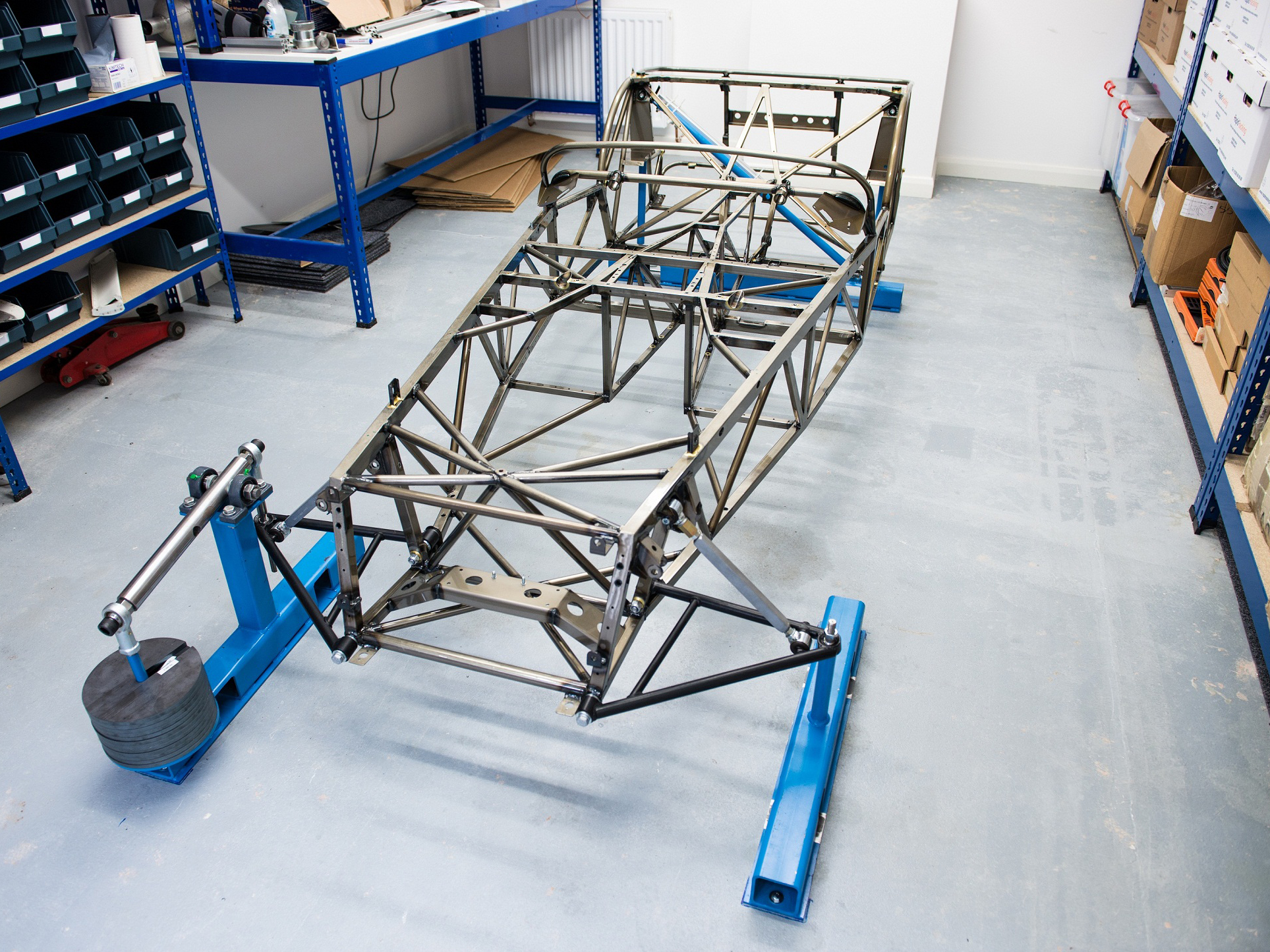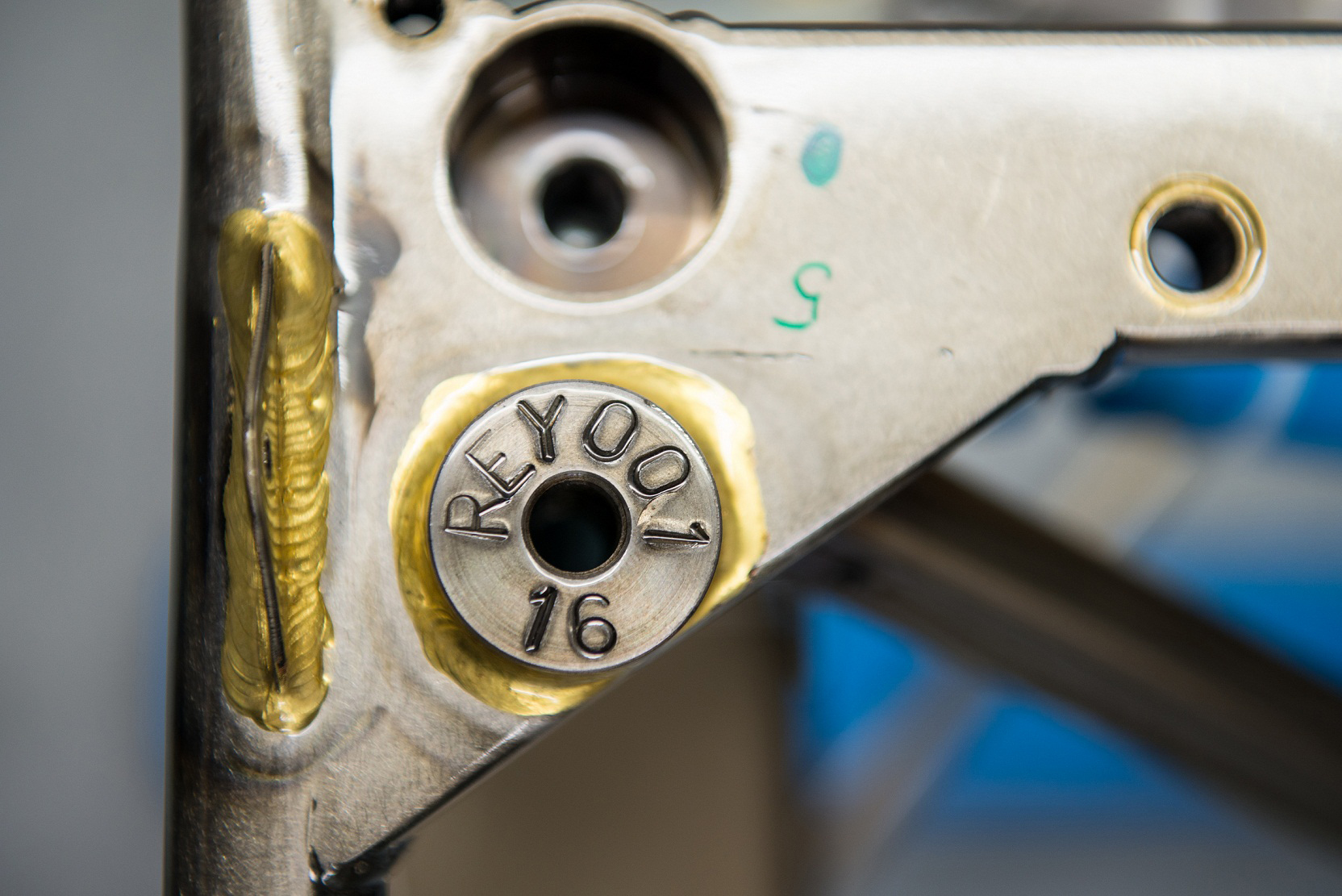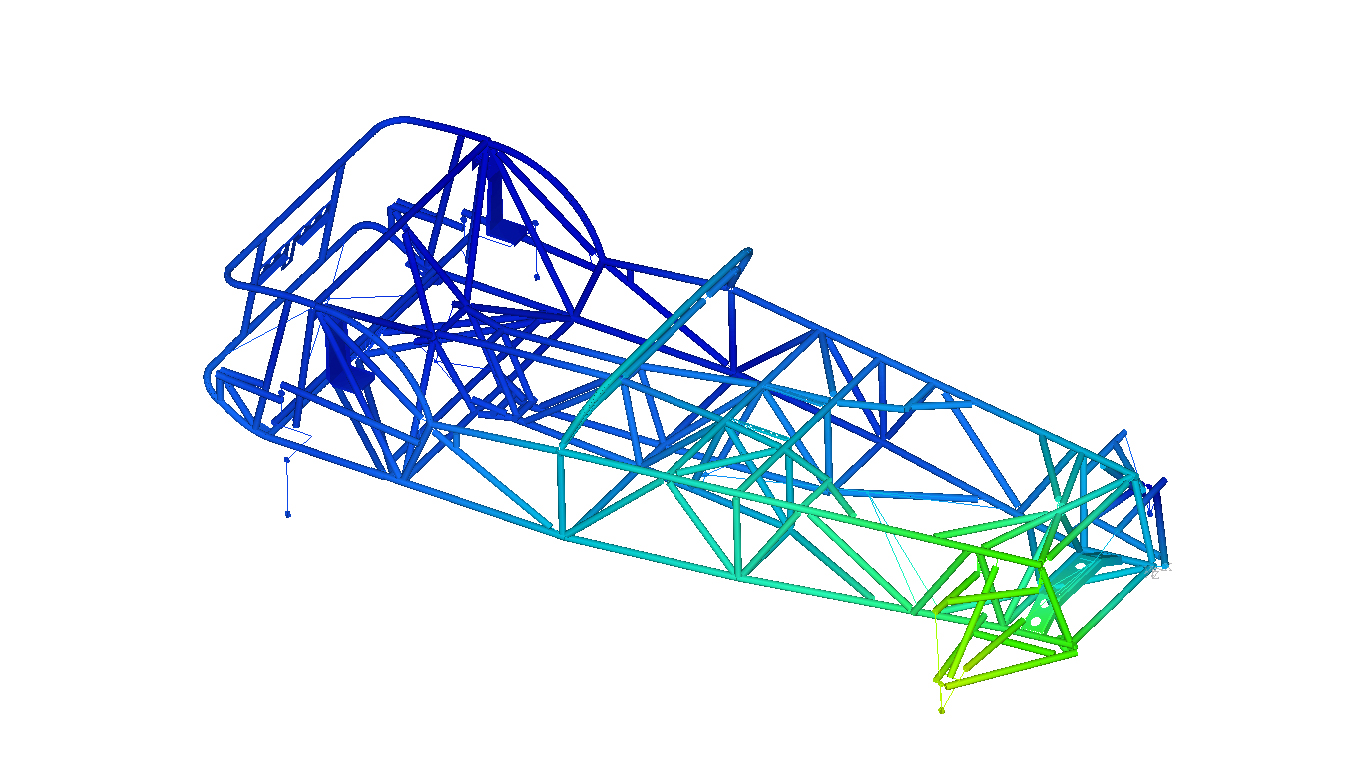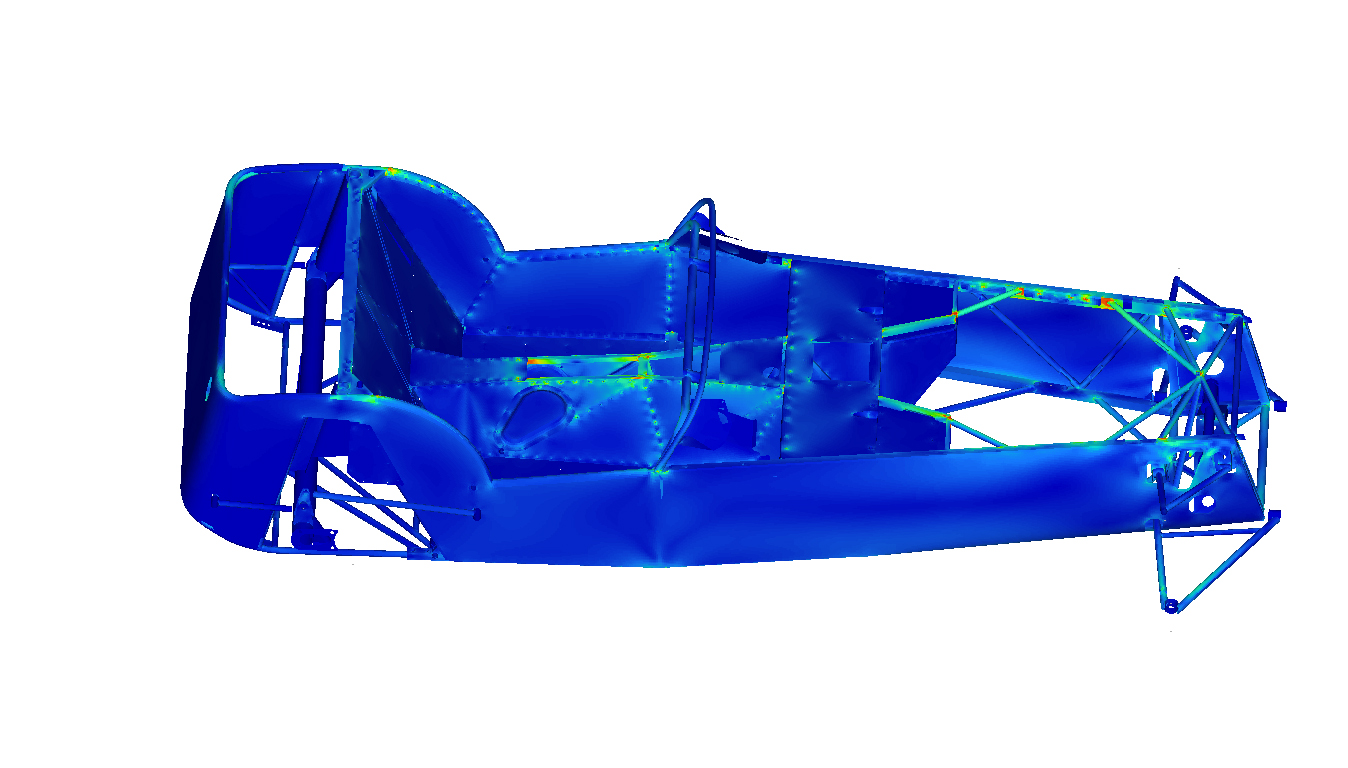






Caterham has developed the world’s first car chassis using butted tubing technology.
Joining forces with bicycle tube-makers Reynolds and Computer Aided Engineering (CAE) consultancy Simpact, the British trio developed the world’s first car chassis using butted tubing technology. Using skills associated with bicycle production, they shaved more than 10 per cent off the weight of the already lightweight chassis of the iconic Caterham Seven.
The research and development project unveiled a prototype Seven using the new technology and processes at the Niche Vehicle Network Symposium. Caterham believes that an ultra-lightweight Seven, using the new technology, would cost between £1,000 and £2,000 as an option on the standard vehicle but could be taken up by as much as a fifth of future Caterham customers.
Reynolds, which first patented the process for making butted tubes in 1897, provided the tubing technology for the initiative and had to develop new tooling and processes. Meanwhile, Simpact Engineering conducted the virtual analysis, testing the specification and positioning of the butted tubing.
Butted tubes are thicker at the ends than in the middle, meaning that frames can be both strong and lightweight. By using low-cost mild steel rather than more ‘exotic’ alloys, the project made large mass reductions of up to 50 per cent on some parts without losing any of the chassis’ torsional stiffness or strength.
Simon Lambert, CTO of Caterham Cars, said: “Caterham has made its name as a purveyor of lightweight sportscars but we believe more can always be done to reduce weight and, therefore, emissions. Caterham and Reynolds are two proudly British brands and there is a real synergy between customers of Caterham and cycling enthusiasts, so it’s even better that the technology that has made this possible has come from the two-wheeled world.”
Tim Williams, director of Simpact Engineering, added: “The CAE models built and developed by Simpact provided a rapid and accurate assessment of design investigations and proved to be the only practical way to deliver the lightweight design in such a short period of time.”
Keith Noronha, Reynolds MD, said: “We have had to expand our capabilities to meet the technical challenges seen during the course of this collaborative project, and are delighted to see specifically-engineered butted tube now in use on the iconic Caterham Seven.”
Caterham will continue to develop the existing prototype vehicle, with a view to launching a production version in due course. The research and processes can also be adopted by other companies using spaceframes.
